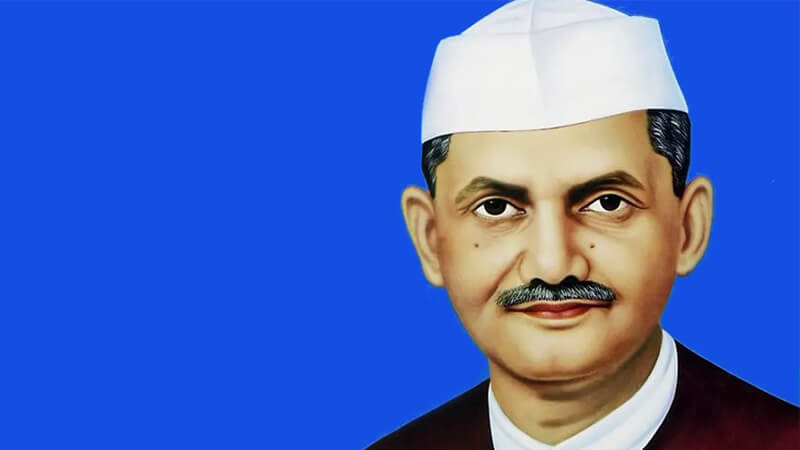Biography of Lal Bahadur Shastri:- The beginning of his political biography consists of his active participation in different organizations, among them the movement of non cooperation with the British government in India led by Mahatma Gandhi.
This political career culminated when being chosen Prime Minister in 1964, after the death of Jawaharlal Nehru.
Biography of Lal Bahadur Shastri
- Born: 2 October 1904, Mughalsarai, India
- Died: 11 January 1966, Tashkent, Uzbekistan
- Nickname: Man of Peace
- Education: Mahatma Gandhi Kashi Vidyapith (1925)
- Parents: Ramdulari Devi, Sharada Prasad Srivastava
- Awards: Bharat Ratna
Shastri was involved in the world of politics from an early age. As a result of his propaganda activities within Gandhi’s organization, he was imprisoned when he was only seventeen years old.
See Also: Biography of Muhammad Ayub Khan
This was not the only time that his actions resulted in his arrest by the British authorities, although, despite this, he was able to carry out his studies in the nationalist university Kashi Vidyapitha.
Prior to India’s proclamation of independence in 1947, Lal Bahadur Shastri acquired a significant political experience in the direction of the State of Uttar Pradesh, formerly known as the State of the United Provinces, an experience that added to that already acquired in the two, He was elected a representative in the legislatures of 1937 and 1946.
After independence and until his election as Prime Minister in June 1964, he held the posts of Minister of Railways and Transport (1952-1956), Commerce and Industry (1957-1961) and Interior (1961-1963).
As Prime Minister, his mandate was widely criticized, because at no time did he dictate enough, necessary and effective measures to counter the country’s economic situation and its grave consequences on the population.
However, it did triumph in the most important conflict of its period: the war with one of its neighboring countries, Pakistan. The reason for the dispute was the dispute of certain border territories, mainly the provinces of Jammu and Kashmir, also call Kashmir that had been annexed in 1965.
Lal Bahadur Shastri ended the conflict by signing a non-aggression treaty with the President of Pakistan, Ayub Khan, under the impetus of the Soviet Union.
The signing of the agreement took place in Tashkent, territory belonging to the Union of Soviet Socialist Republics (USSR). In this same city, a few days after ratification of the peace treaty, Shastri died as a result of a cardiac arrest.
He was succeeded by Indira Gandhi, the only daughter of the previous president to Shastri, Jawaharlal Nehru.




